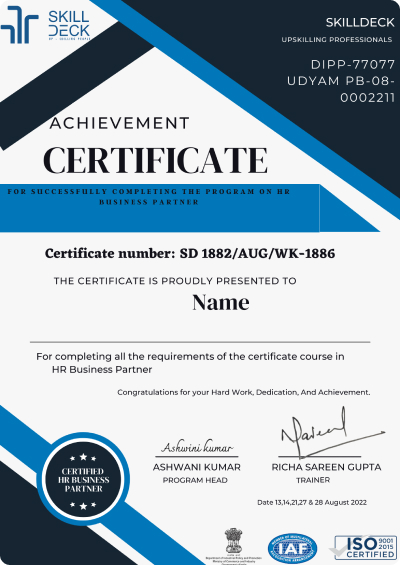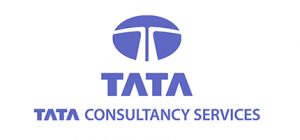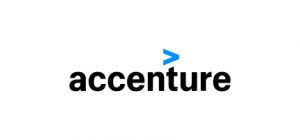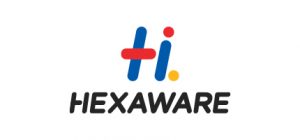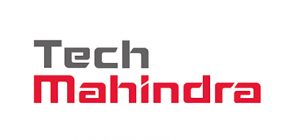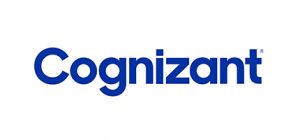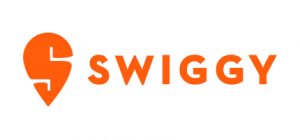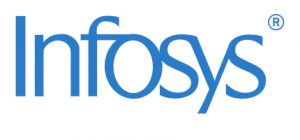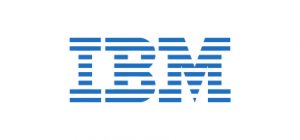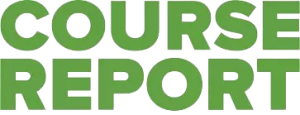Indian Payroll & Taxation Program Course Syllabus
Module 1: Overview of Payroll Management
- Payroll Management Fundamentals
- HR planning, employee transfer, and increment process
- Income under the head salaries u/s 17(1) of Income Tax Act 1961
- Salary components: fixed and variable, bonus, fees, commission, overtime payments
- Payroll administration setup, CTC structure, taxable and non-taxable payments
Module 2: Labour Law Statutory Compliances & Computation
- Employee Provident Fund (PF)
- Covered establishments, PF wages, contribution accounts, deposit dates
- Employee State Insurance (ESI)
- Covered establishments, wage limits, contribution rates, periods
- Professional Tax (PT)
- Applicability, state-wise slabs, calculator, payment, and registration
- Labor Welfare Fund (LWF)
- Applicability, state-wise rates, deposit procedures
- Statutory Bonus and Gratuity
- Applicability and computation
Module 3: Tax Calculation, Tax Saving Investments, Deductions, and Exemptions
- Tax Deduction at Source (TDS)
- Income tax, slabs, and computation
- Deductions (u/s 80C – 80U)
- Various sections under Chapter VI-A of Income Tax Act, 1961
- LTA, HRA, leave encashment, and gratuity exemptions
- Deduction of interest on housing loan u/s 24(b)
- Taxable Salary Calculation
- Post exemptions and deductions
Module 4: Allowances and Perquisites
- Allowances under Section 10
- Section 10(13A) – House Rent Allowance (HRA)
- Calculation, salary definition, and tax implications
- Section 10(14) – Special Allowances
- Specific allowances like travel, uniform, and others, and their tax implications
- Perquisites and Their Tax Implications
- Types of Perquisites
- Company car, accommodation, and other perks
- Taxability and Valuation
- Methods of valuation and taxation of perquisites
Module 5: Fixed and Flexible Salary Structures
- Fixed Salary Structure
- Components of a fixed salary structure
- Benefits and limitations
- Flexible Salary Structure
- Components of a flexible salary structure
- Advantages of a flexible salary package
Module 6: Payroll Processing and Reports
- Payroll Processing Steps
- Gathering payroll inputs, setting up employee information in payroll systems
- Applying compliance rules and tax rates, calculation, and deductions
- Verification and payroll checking
- Claims and Reimbursement Management
- Expense bill submission, medical and travel reimbursements
- Attendance Management and Resignation
- Time management, leave management, full and final settlements
- Salary Register, Slips, Bank Transfers, MIS
- Overview of salary slips, registers, MIS reports, bank transfers
Detailed Breakdown
Module 1: Overview of Payroll Management
- HR Planning
- Understanding workforce requirements, planning for employee transfers, and managing increments
- Salary Components
- Differentiating between fixed and variable components, bonuses, fees, commissions, and overtime payments
- CTC Structure
- Understanding the concept of Cost to Company (CTC), structuring CTC, and distinguishing between taxable and non-taxable components
Module 2: Labour Law Statutory Compliances & Computation
- PF and ESI
- Detailed understanding of Provident Fund and Employee State Insurance contributions, calculation, deposit timelines, and compliance
- Professional Tax and Labor Welfare Fund
- State-wise slabs and applicability, payment procedures, and registration processes
Module 3: Tax Calculation, Tax Saving Investments, Deductions, and Exemptions
- TDS
- Understanding income tax slabs, computation of TDS, and implications
- Exemptions and Deductions
- Exploring various exemptions and deductions under Chapter VI-A of the Income Tax Act, including Sections 80C to 80U
- Detailed breakdown of HRA, LTA, leave encashment, and gratuity exemptions
Module 4: Allowances and Perquisites
- Section 10 Allowances
- Detailed calculations and tax implications of HRA and special allowances under Section 10(13A) and 10(14)
- Perquisites
- Comprehensive understanding of various perquisites, their valuation, and tax implications
Module 5: Fixed and Flexible Salary Structures
- Salary Structures
- Detailed analysis of fixed and flexible salary structures, components, benefits, and limitations
- Designing a flexible salary package to meet organizational and employee needs
Module 6: Payroll Processing and Reports
- Payroll Processing
- Step-by-step guide to payroll processing, from data collection to payroll checking and verification
- Claims and Reimbursement Management
- Managing medical and travel reimbursements, expense bill submissions, and processing
- Attendance Management and Resignation
- Effective time management and leave management practices, full and final settlement processes
- Reporting and Documentation
- Generating and maintaining salary registers, salary slips, MIS reports, and handling bank transfers







